Daylight, acoustics, room temperature and indoor air quality play an important role in indoor well-being. Room humidity also has a major influence: air that is too dry can irritate the mucous membranes and promote headaches, while air that is too humid can lead to mould growth on the walls. It is true that regular ventilation helps to reduce the concentration of pollutants, dust and allergens in indoor air. But it is even better if such harmful substances do not accumulate indoors in the first place.
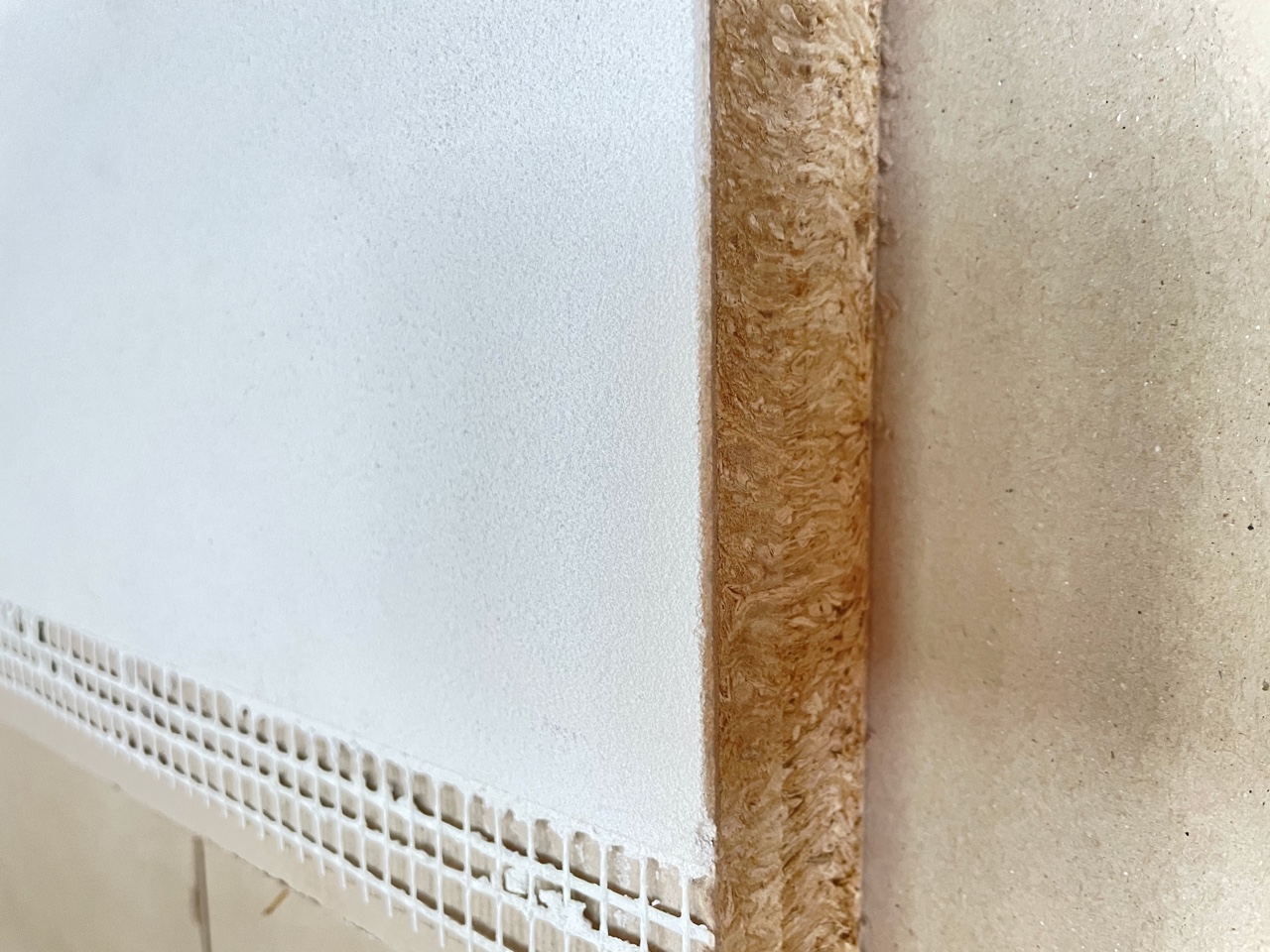
Since most people in industrialized countries spend most of their time indoors, it is worth taking a closer look at the materials used by them. The walls play a special role here, because the sum of their surfaces is usually much greater than that of the floor and ceiling. Natural materials, in particular, contribute to a healthy indoor climate because they emit almost no pollutants and have a regulating effect on indoor humidity. These include, for example, wood, which is not sealed, and clay.
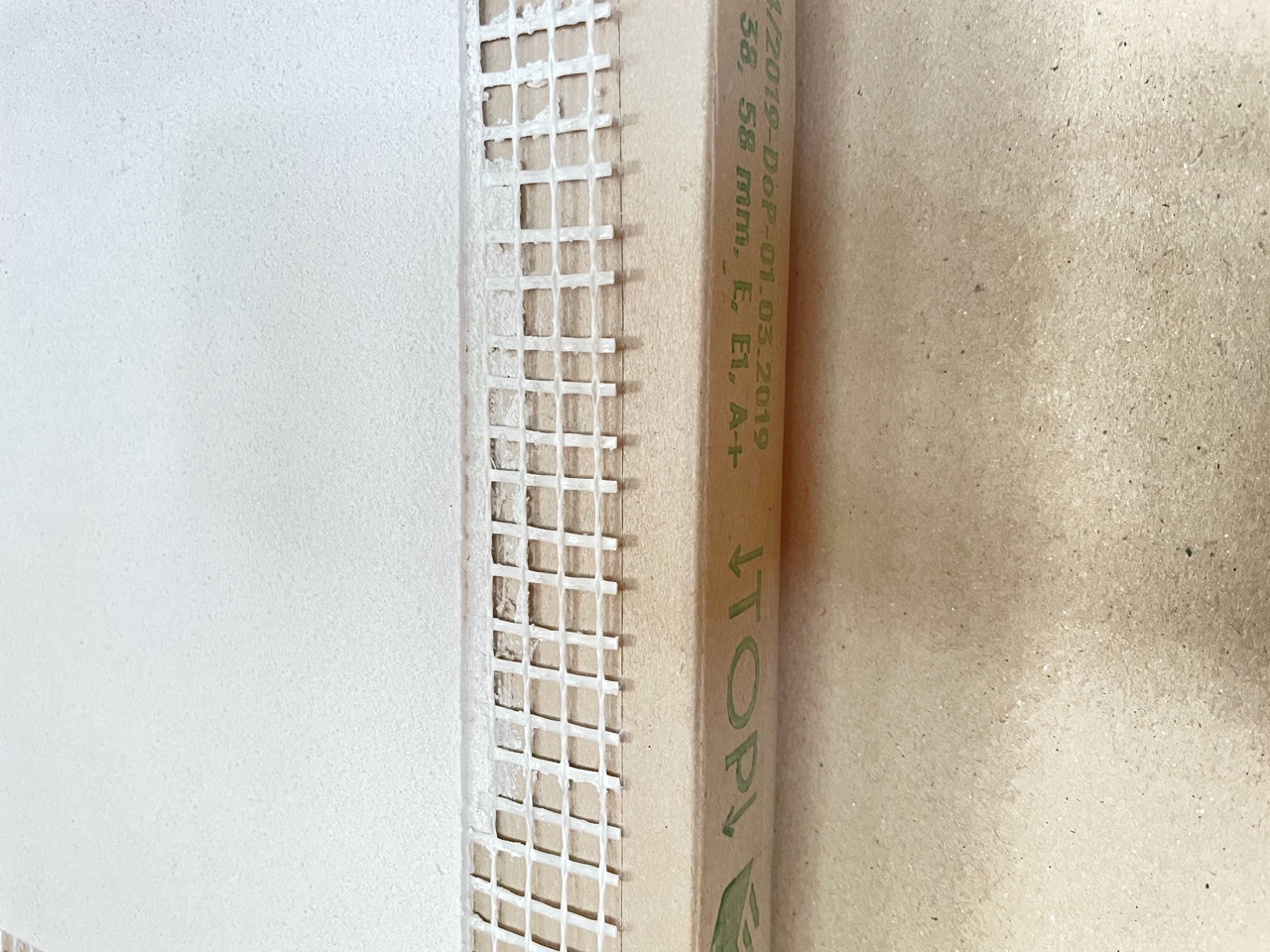
Another natural material with similarly good properties that also proves its worth in interiors, is straw. Straw does not only perform well as an insulating material but is also suitable as a material for lightweight partition walls in dry construction. These consist of straw stalks that are produced under heat in an extrusion process and covered on both sides with cardboard. Since pressed straw burns much more slowly than loose straw, straw building slabs meet the requirements of fire resistance class F 30, making them suitable for private residential buildings. The 80cm wide straw building slabs can be individually cut to the respective room height, so that the waste usually amounts to no more than 3 %. By comparison, partition walls made of other materials often have a waste of around 10%.
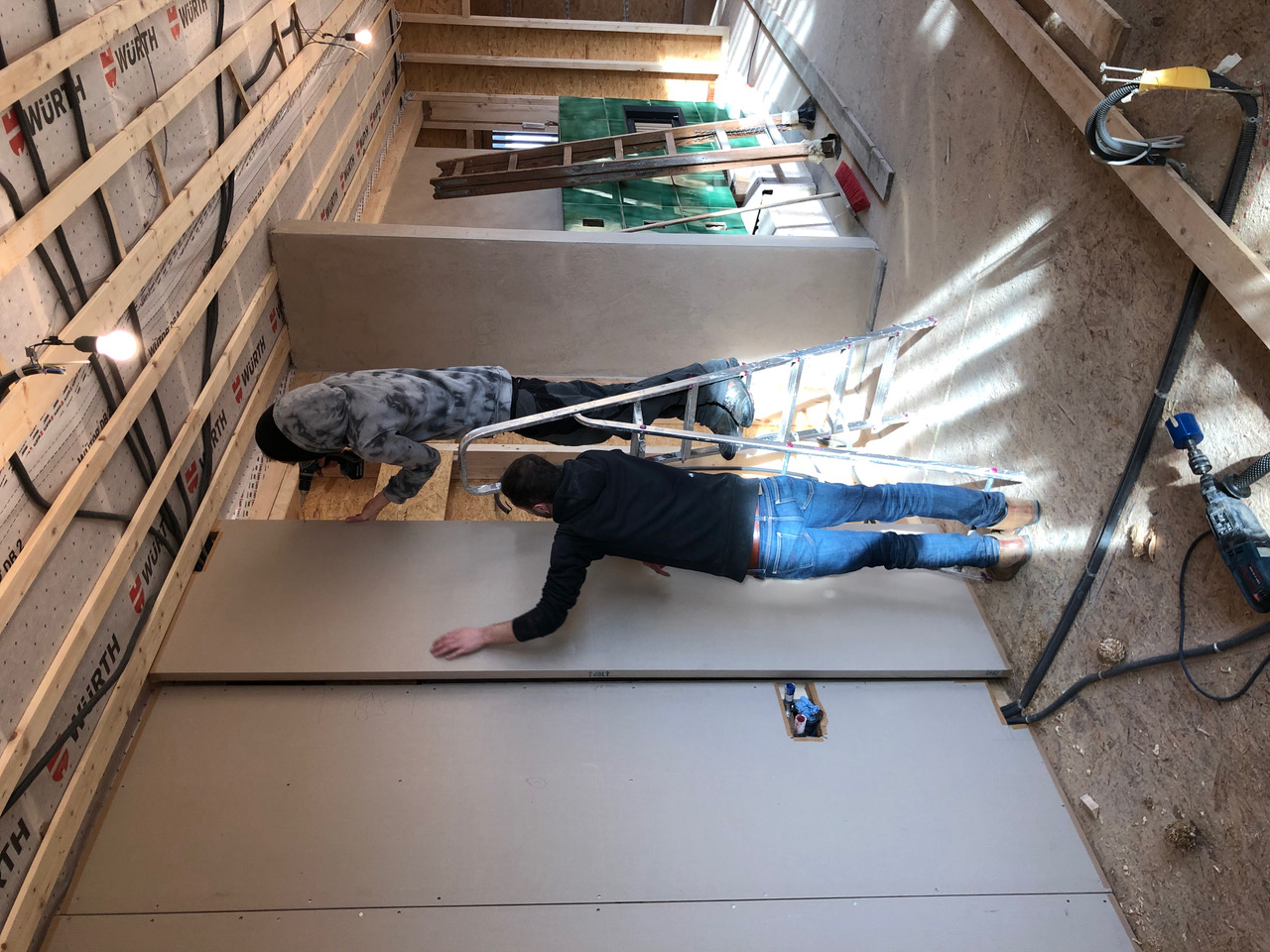
Partition walls made of straw have a very good heat and sound insulating effect, and they reflect sound significantly less than many other materials. As self-supporting panels, they can be erected quickly: L-profiles or sleepers on the ceiling and floor are sufficient; a stud frame is not required. The panels are 38 or 58mm thick, whereby the thinner panels are usually screwed together and set up in a double pack for particular stability and insulating effect of the partition wall.
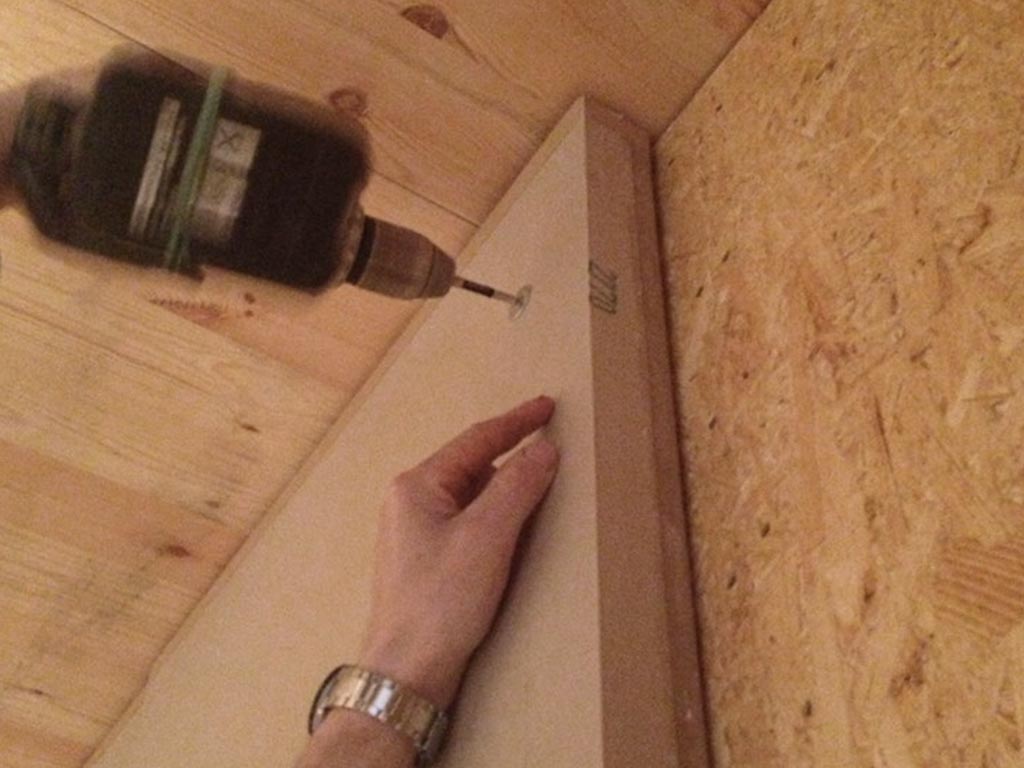
The ideal plaster is clay filler, which is available in countless colour shades and only needs to be applied 6mm thick. An additional coat of paint is not necessary. Clay plaster is also a good alternative from a biological point of view, but it must be applied thicker to have the same effect on the indoor climate, and it is also considerably more expensive. In the case of stains or cracks on clay plaster surfaces, it is usually sufficient to simply wipe over them with a damp cloth. Just like clay, clay plaster is antistatic and absorbs odours; it can also absorb and release moisture to a high degree.
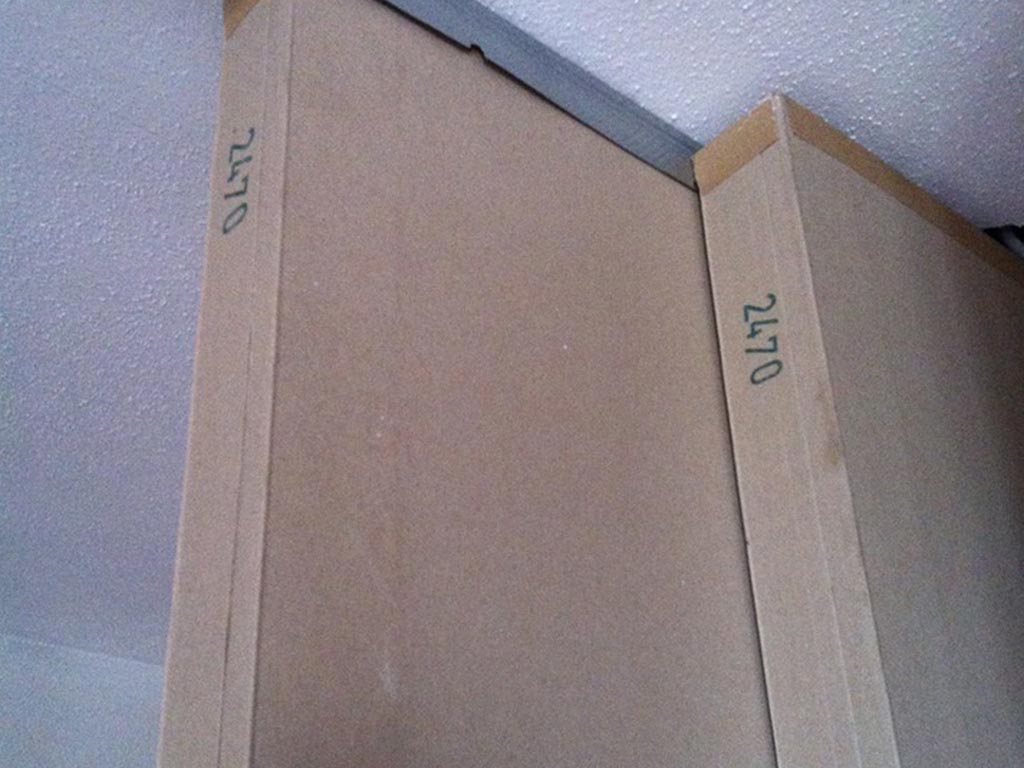
As healthy building materials, natural materials such as straw, clay and loam are almost unbeatable: Due to their special properties, they contribute to an excellent indoor climate - and they can be disposed of in an environmentally friendly way.
All images © Istraw, Kirschanhöring
For more information on straw building slabs, see www.istraw.de/strohbauplatte
Originally written by Bettina Rühm